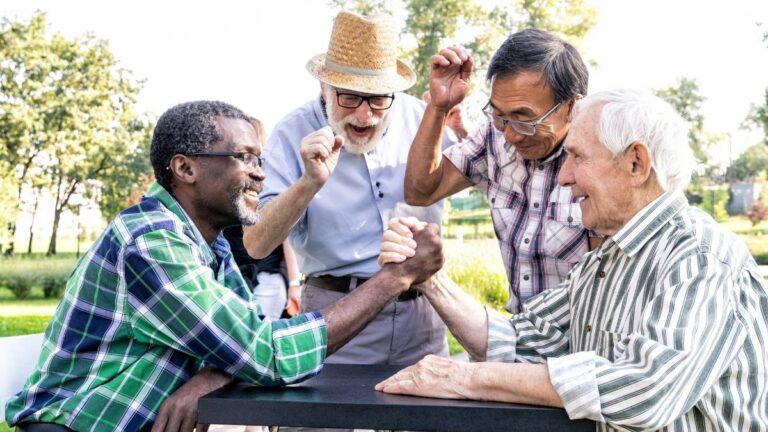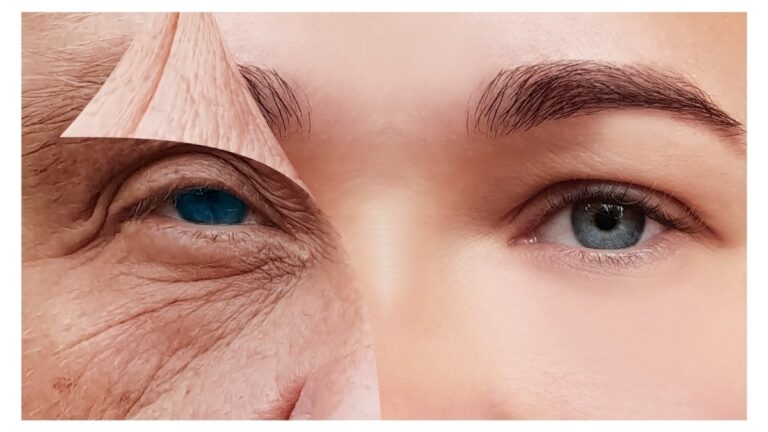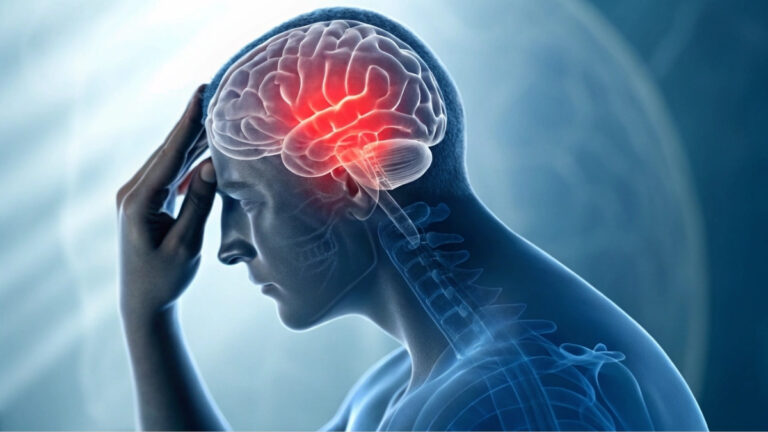Why Brain Hemorrhages Are Skyrocketing in People Over 60 (Doctors warn Seniors)
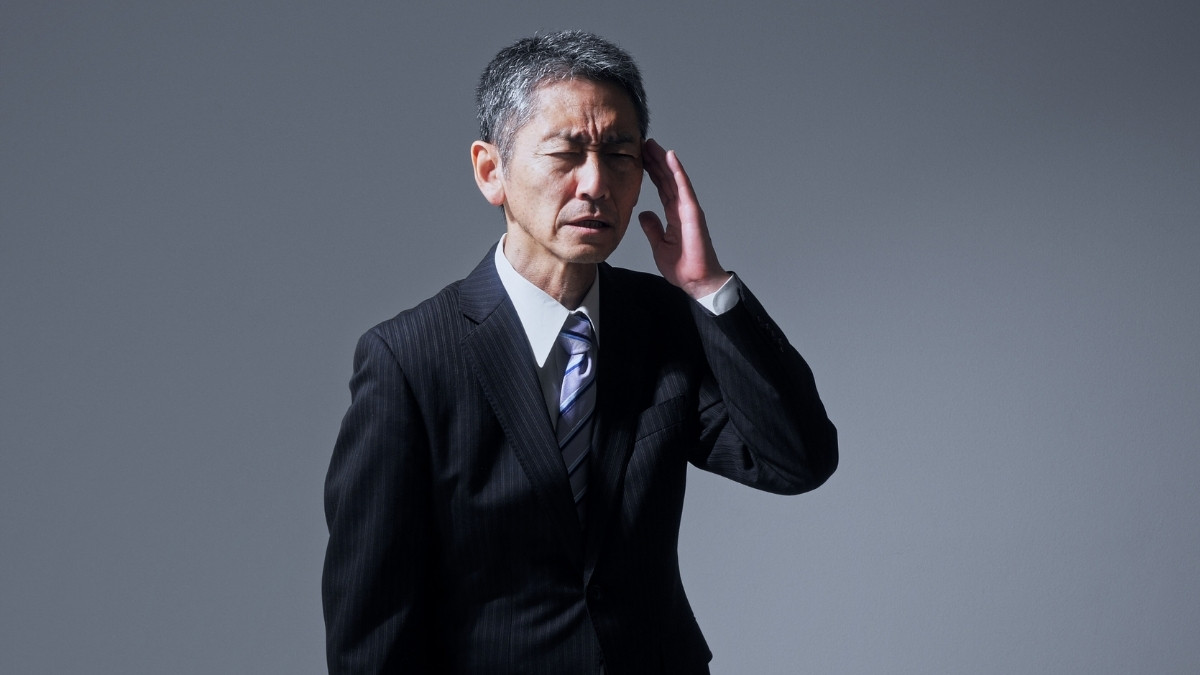
Margaret, 67, was gardening when she suddenly collapsed—becoming one of 185,000 Americans who suffer brain hemorrhages annually, with seniors accounting for 75% of cases. She thought she was having a heart attack. Her neighbor called 911 just in time.
But Margaret’s story isn’t rare anymore. Brain hemorrhage in seniors has jumped 23% in the past decade. That’s nearly one in four more cases than doctors saw just ten years ago.
The numbers are getting worse, not better. While medical advances help more people survive hemorrhagic strokes, we’re failing at prevention. Most seniors don’t know they’re at risk until it’s too late.
Here’s what’s really scary about brain bleeding elderly cases. The warning signs look like normal aging problems at first. A headache here, some dizziness there, maybe trouble finding words. By the time people realize something’s seriously wrong, precious minutes have passed.
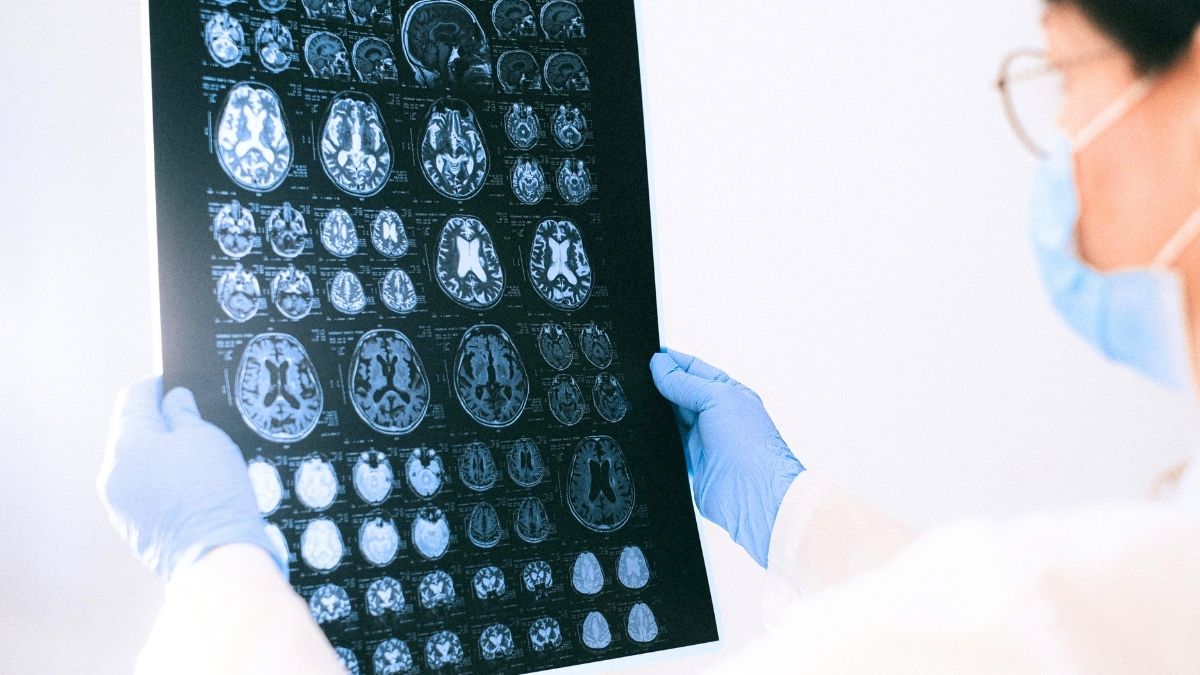
You’re about to learn why brain hemorrhages are spiking in people over 60. We’ll show you the early warning signs that could save your life or a loved one’s life. You’ll get proven prevention strategies straight from leading neurologists who treat these cases every day.
Most importantly, you’ll know exactly when to drop everything and call 911. Because with brain hemorrhages, every single minute counts. The difference between getting help in 30 minutes versus 2 hours can mean the difference between walking out of the hospital or never walking again.
This isn’t about scaring you. It’s about giving you the power to protect yourself and the people you care about most.
The Shocking Statistics Behind Rising Brain Hemorrhages
The numbers are scary. Brain hemorrhages in people over 60 have jumped 23% since 2014. Younger people saw only an 8% increase in the same time.
The American Heart Association tracks these brain hemorrhage statistics closely. They found 185,000 Americans have hemorrhagic strokes each year. Three out of four victims are over 60.
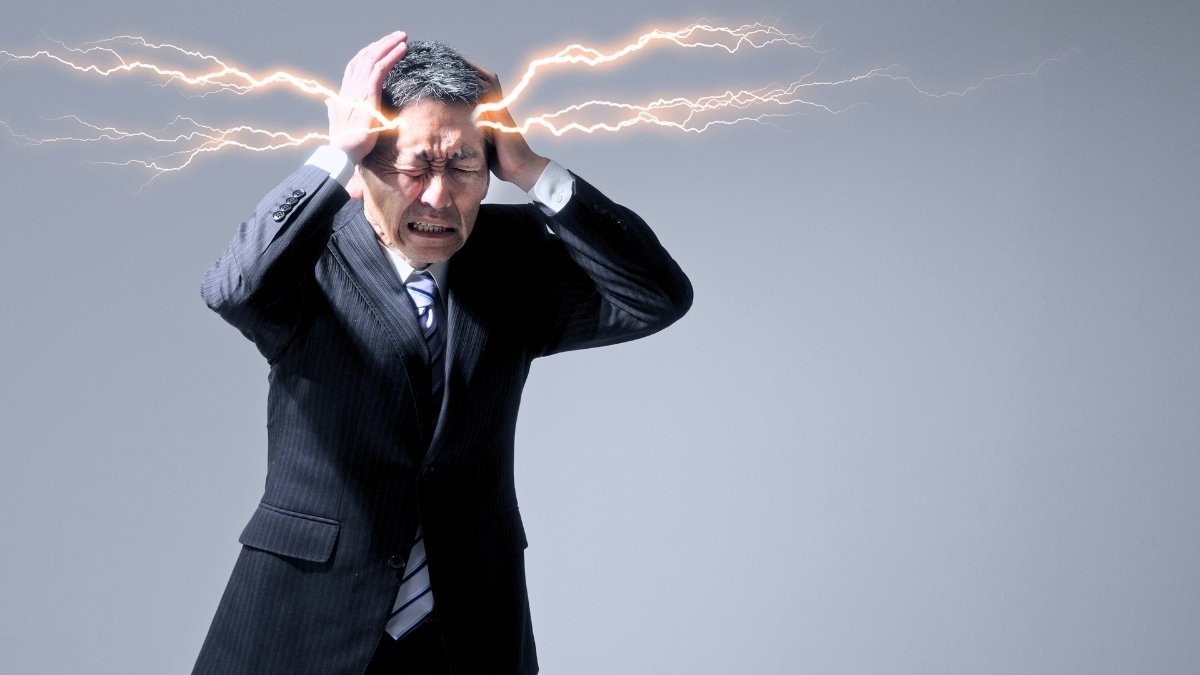
Senior stroke rates climb fast with age. People 60-69 see 28 cases per 100,000. Ages 70-79 hit 67 per 100,000. After 80, it jumps to 124 per 100,000.
The South leads in elderly brain bleeding trends. States like Mississippi and Alabama have rates 40% higher than normal. Brain hemorrhages cost $18.8 billion yearly in healthcare.
Here’s the mixed news. Survival rates improved from 38% to 52% over ten years. But prevention programs reach less than 15% of high-risk seniors. We save more lives but prevent fewer cases.
The Blood Pressure Connection Most Doctors Miss
Your doctor checks your blood pressure at appointments. But that one reading misses the real danger. Silent hypertension hits 45% of seniors over 65 without any symptoms.

The biggest threat happens in the morning. Your blood pressure spikes when you wake up, often 20-30 points higher than normal. Many seniors take pills at bedtime, leaving them unprotected during dangerous morning hours.
Home monitoring saves lives when done right. Check your pressure at the same time every morning before coffee. Write down numbers for two weeks and show your doctor. Ask about morning medication timing – your spike could trigger a brain hemorrhage.
Early Warning Signs Every Senior Must Know
Your brain sends clear signals before a hemorrhage strikes. The problem is these brain hemorrhage symptoms look different than you might expect. Most people wait too long because they don’t recognize the warning signs.
Here’s what a brain-threatening headache feels like. It’s sudden, severe, and unlike any headache you’ve had before. People describe it as “the worst headache of my life” or “like being hit with a baseball bat.” Regular headaches build slowly – this one hits like lightning.
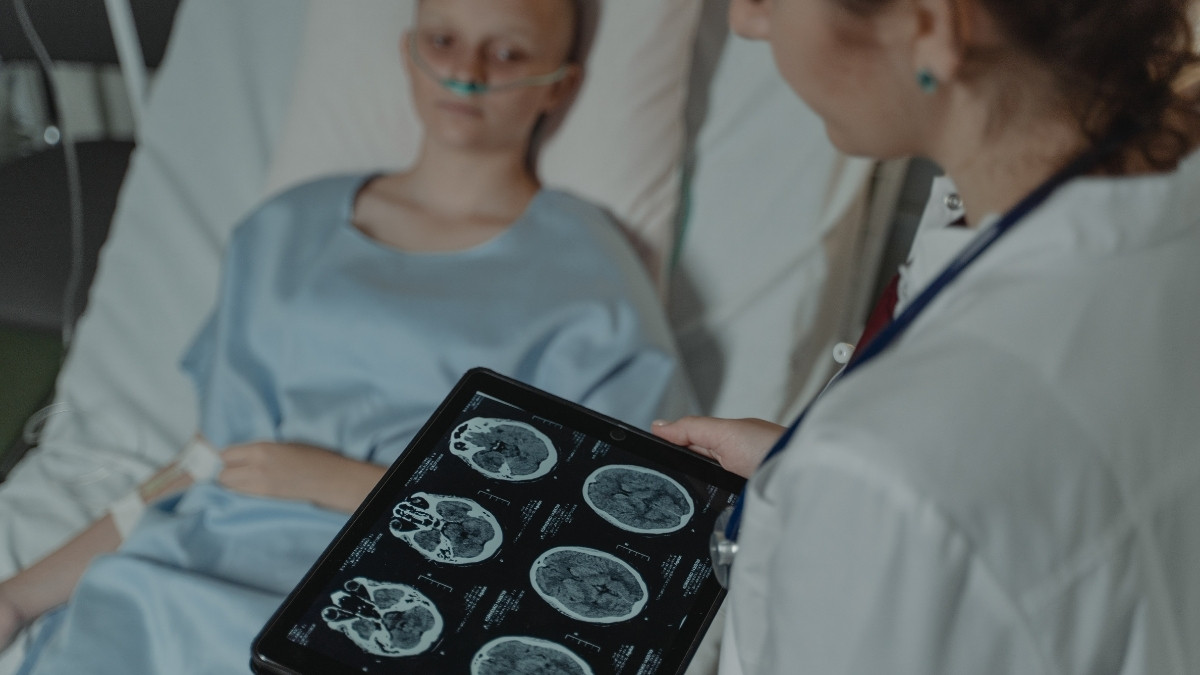
Vision problems are another major red flag. You might lose sight in one eye completely or see double suddenly. Some people notice blind spots that weren’t there an hour ago. These stroke warning signs seniors often mistake for normal aging, but they’re emergency signals.
Watch for weakness that hits one side of your body. Your right arm might feel heavy while your left arm works fine. One leg might drag when you walk. Your face could droop on one side when you smile in the mirror.
Balance problems are tricky because seniors blame them on age. But sudden dizziness or falls are different from gradual changes. If you’re walking normally one minute and stumbling the next, that’s a warning sign worth taking seriously.

Mary, 68, felt dizzy while cooking dinner on a Tuesday night. Her daughter noticed Mary’s words sounded slurred when she called about the recipe. They went to the emergency room within 30 minutes. Doctors found a small brain bleed and stopped it before major damage occurred.
Mary walked out of the hospital three days later. Her quick thinking and early detection brain bleeding saved her life. She tells everyone now: “Don’t wait to see if it gets better. Go immediately.”
Here’s the key difference between normal aging and emergency signs. Normal changes happen slowly over months or years. Brain hemorrhage symptoms happen in minutes or hours. The speed of change tells you everything.
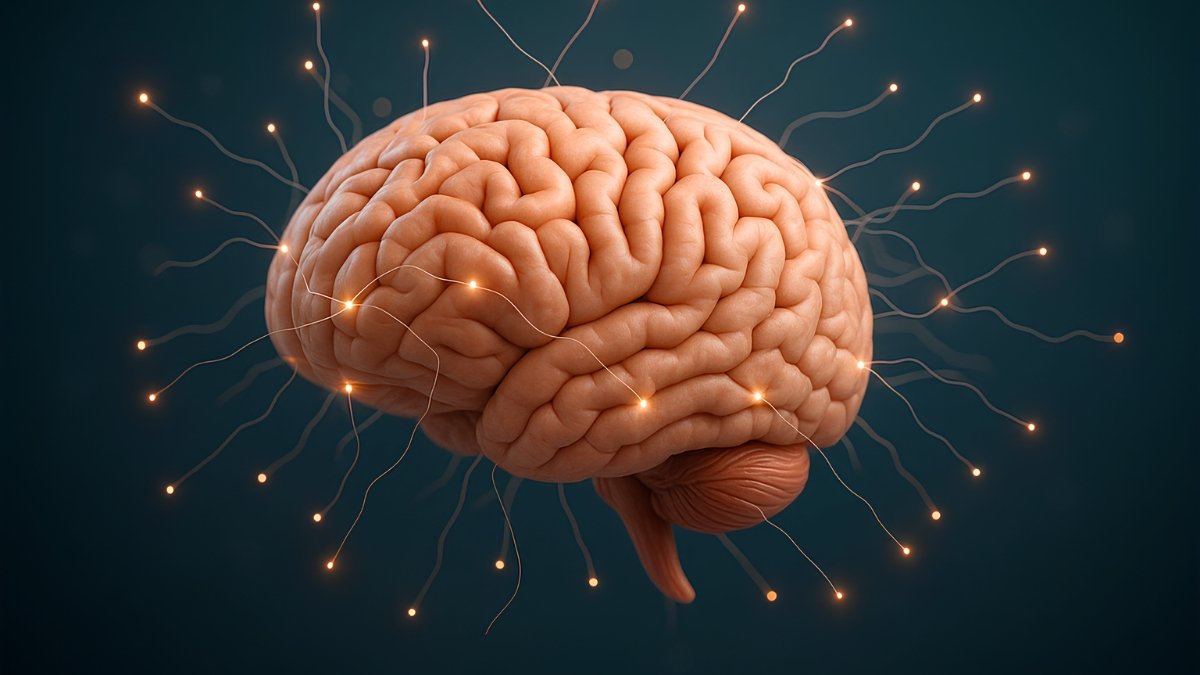
Your best defense is knowing these signs and acting fast. Don’t drive yourself to the hospital – call 911. Paramedics can start treatment in the ambulance and alert the hospital you’re coming. Every minute counts when your brain is bleeding.
The hardest part is trusting your instincts when something feels wrong. You know your body better than anyone. If these symptoms feel different from your normal aches and pains, get help immediately. It’s better to be safe than sorry when dealing with your brain.
Doctor-Approved Prevention Strategies That Actually Work
Most people think pills alone prevent brain hemorrhages. That’s wrong and dangerous. Brain hemorrhage prevention requires checking blood pressure twice daily and tracking patterns your doctor needs to see.
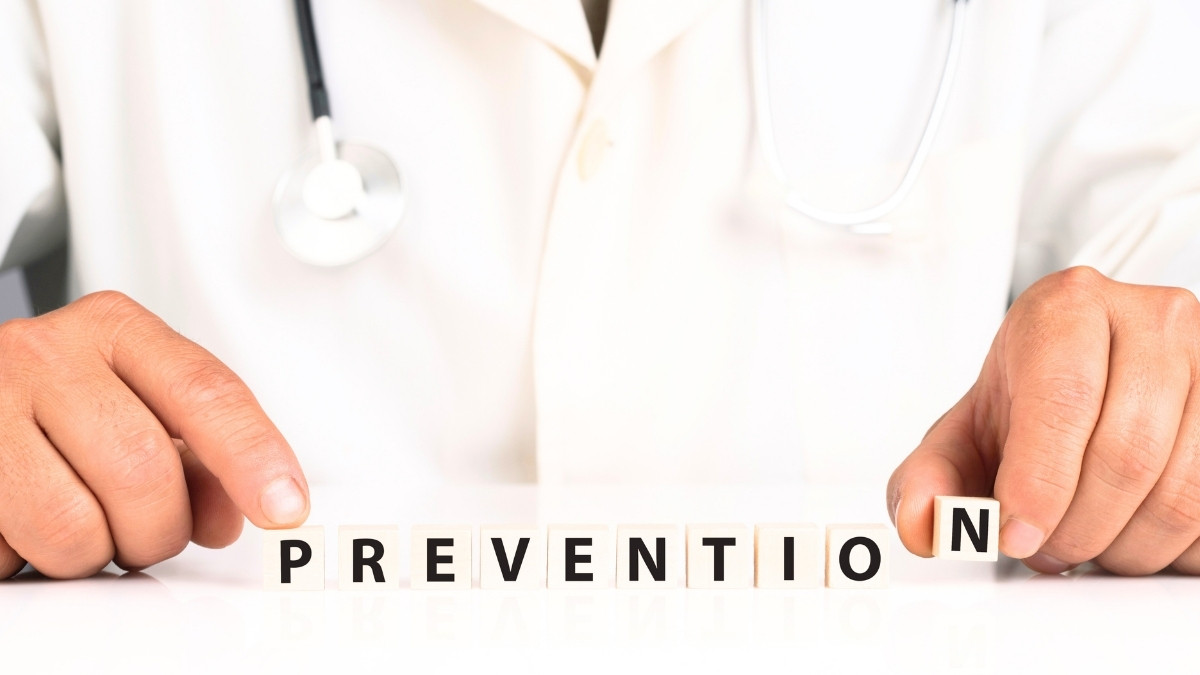
Safe exercise means 20 minutes of walking three times weekly. Add light weights twice weekly if your joints allow it. The Mediterranean diet cuts senior stroke prevention risks by 30% – eat fish twice weekly and use olive oil daily.
Sleep seven to eight hours nightly for optimal elderly brain health. Keep your bedroom cool and dark, plus stop screens one hour before bed. Stress kills brain cells fast, so try deep breathing for five minutes twice daily.
Living with Risk: Practical Daily Strategies
Being at high risk doesn’t mean living in fear. It means being smart about daily choices. Simple changes around your home and routine can cut your chances of brain hemorrhage by half.
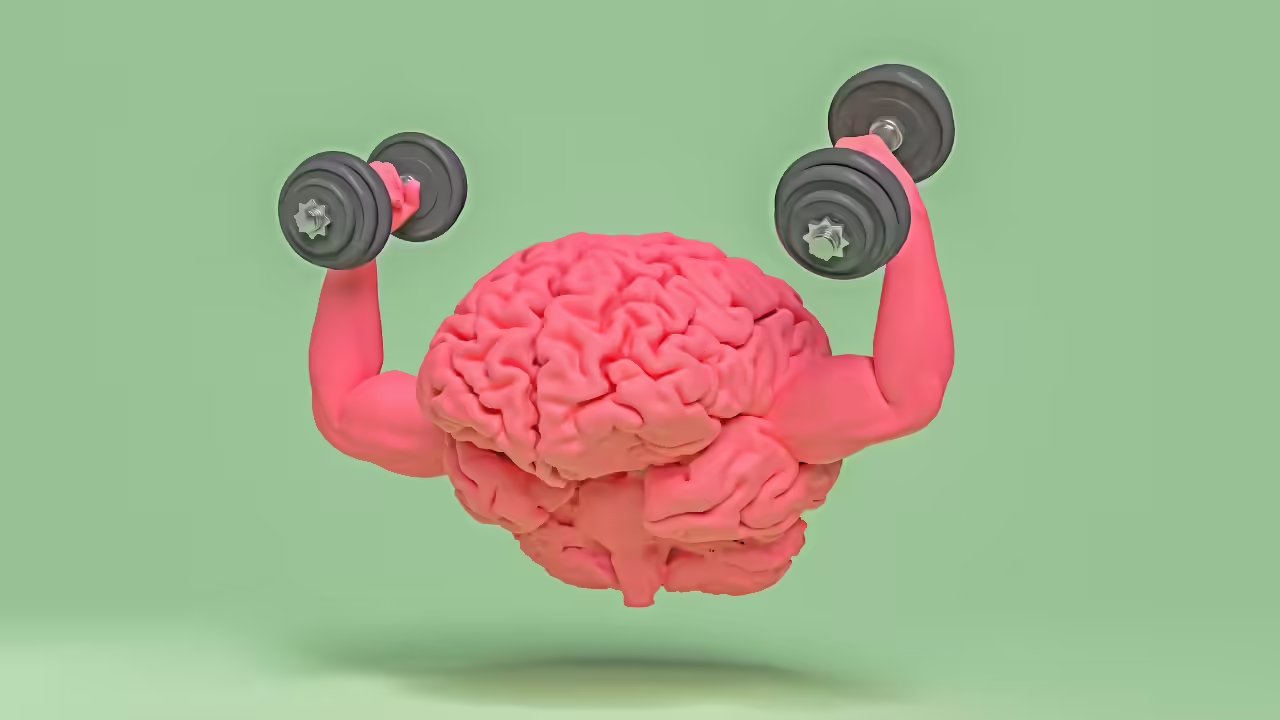
Install grab bars in your bathroom and remove loose rugs that cause falls. Add bright lights to hallways and stairs. Falls trigger 30% of brain bleeding episodes in seniors over 70.
Use smartphone apps to track blood pressure twice daily. The “Blood Pressure Monitor” app saves readings and shows patterns your doctor needs to see. Set medication reminders so you never miss doses.
Build a check-in system with family or neighbors. Have someone call you daily at the same time. Join senior groups or community centers to stay connected and mentally sharp.
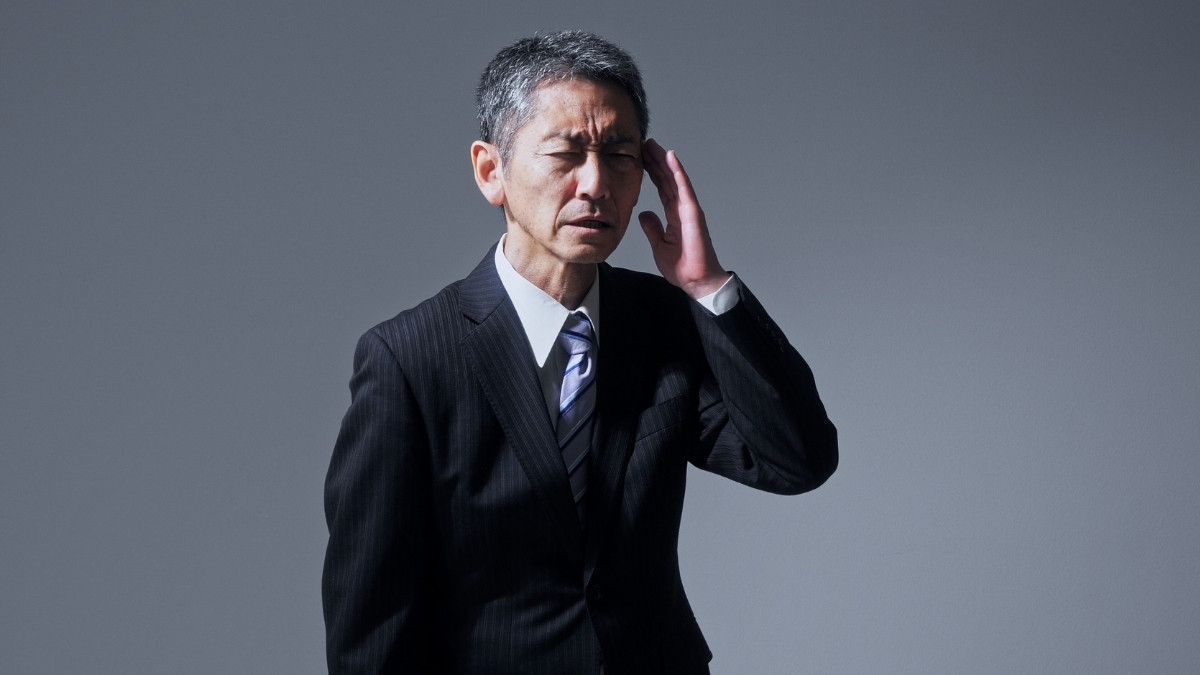
Get screened every six months after age 65, yearly after 60. Ask your insurance about free wellness visits – Medicare covers annual stroke risk assessments. Many prevention programs cost nothing with proper coverage.
Final Thought:
Here’s the truth about brain hemorrhages in seniors. Eight out of ten cases can be stopped before they happen. You have more power over your brain health than you might think.
Early detection saves lives every single day. The warning signs we covered aren’t subtle hints – they’re your brain’s emergency signals. When you spot them fast and act quickly, you can prevent permanent damage or death.
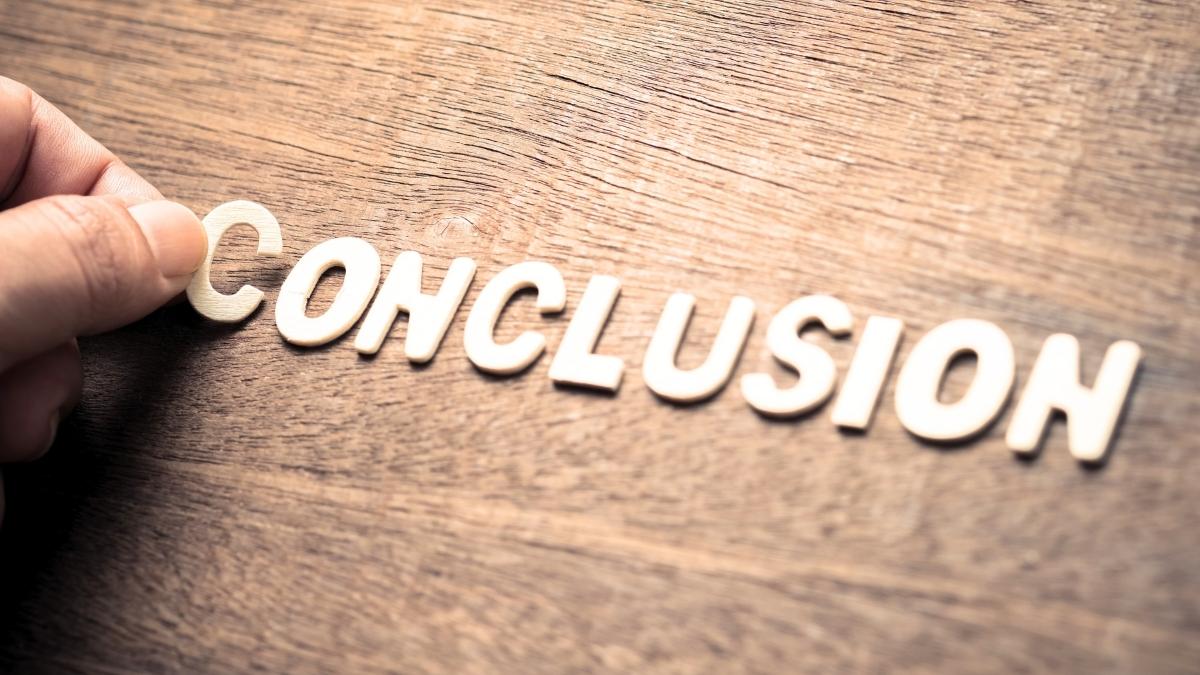
Simple daily habits make huge differences in brain hemorrhage prevention seniors need most. Check your blood pressure twice daily. Walk 20 minutes three times per week. Sleep seven hours nightly and eat fish twice weekly. These aren’t complicated medical treatments – they’re basic steps anyone can take.
Regular medical monitoring catches problems before they become crises. Your doctor needs to see your blood pressure patterns at home, not just single readings in the office. Don’t skip appointments or ignore medication timing.
The rising numbers don’t have to include you or your loved ones. Senior stroke prevention works when you make it a priority and stick with proven strategies.
Schedule a comprehensive stroke risk assessment with your doctor within the next 30 days. Download our free senior brain health checklist to track your prevention progress. Your future self will thank you for taking action today.

